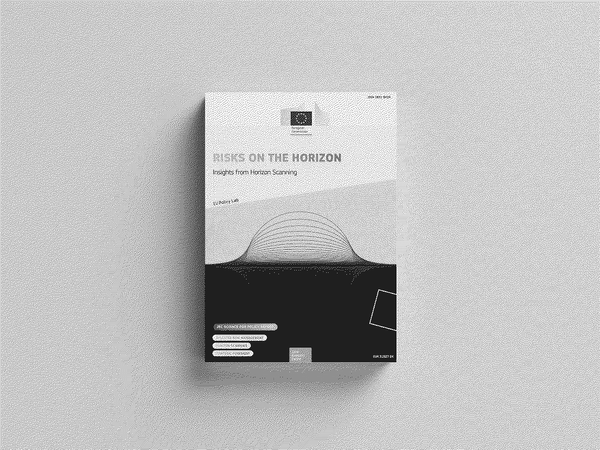Designs for the Pluriverse
Radical Interdependence, Autonomy, and the Making of Worlds

In the world of design, the book Designs for the Pluriverse by Arturo Escobar stands as a beacon for those seeking to create more inclusive, equitable, and sustainable futures. This groundbreaking work challenges conventional design paradigms and invites us to reimagine how we create and interact with the world around us.
Understanding the Pluriverse
At its core, the concept of a pluriverse acknowledges the existence of multiple, coexisting realities. Unlike the dominant worldview that often prioritizes a single, homogenized perspective, the pluriverse embraces diversity, complexity, and the legitimacy of different ways of being and knowing. Escobar argues that design should not merely be about creating objects or solutions but about facilitating the creation of worlds that respect and enhance this diversity.
Key Themes in Designing for a Pluriverse
1. Ontological Design: Escobar introduces the idea that design is not just a technical or aesthetic practice but an ontological one. This means that the things we design shape our very being and existence. By recognizing this, designers can become more conscious of how their creations influence and transform the world.
2. Decolonizing Design: The book emphasizes the need to decolonize design practices. This involves challenging the Eurocentric and capitalist frameworks that have historically dominated the field and making space for indigenous and marginalized perspectives. It’s about valuing local knowledge and practices and integrating them into the design process.
3. Relationality and Interdependence: Escobar highlights the importance of relational thinking, which views all elements of the world as interconnected and interdependent. This perspective encourages designers to consider the broader implications of their work and to design in ways that promote harmony and balance within ecosystems and communities.
Practical Implications for Designers
For designers looking to incorporate the principles of a pluriverse into their work, Escobar’s book offers several practical insights:
• Engage with Diverse Communities: Actively involve a wide range of stakeholders in the design process, particularly those who are often marginalized. Listen to their needs, values, and aspirations to create solutions that are truly inclusive.
• Adopt a Systems Approach: Recognize that every design decision impacts a larger system. Consider environmental, social, and economic factors and strive for solutions that are sustainable and equitable.
• Value Local Knowledge: Integrate local and indigenous knowledge into your design practice. This not only enriches the design process but also helps preserve and honor cultural heritage.
• Promote Social and Environmental Justice: Use design as a tool for advocacy and change. Focus on projects that address social inequities and environmental challenges, contributing to a more just and resilient world.
The Future of Design in a Pluriverse
Designing for a Pluriverse calls for a fundamental shift in how we approach design. It challenges us to move beyond a one-size-fits-all mentality and to embrace the rich tapestry of human experience and knowledge. By doing so, we can create designs that not only solve problems but also celebrate diversity, foster inclusion, and promote sustainability.




